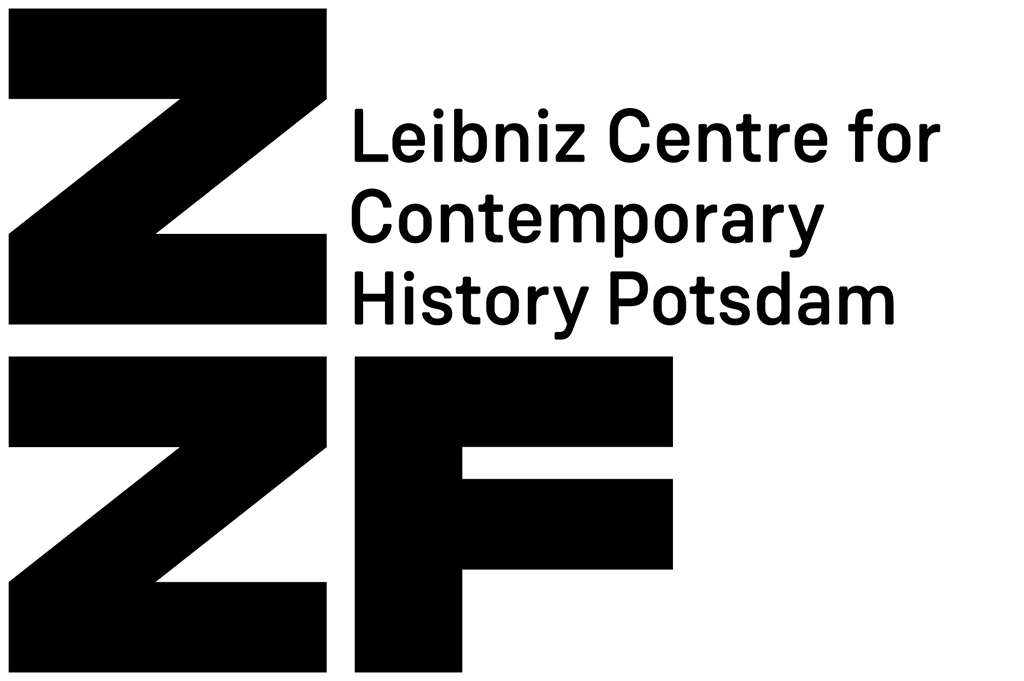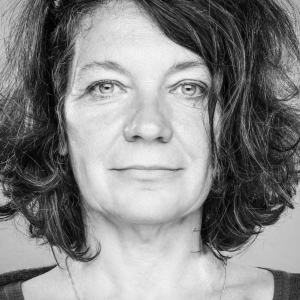What connections between the knowledge of time and of space were realized in a socialist society in which the revolutionary world of working was a guarantee for the new and the making of the new? How did the temporalization of space coordinate the interaction of individual, social and political praxis to the imagination of an assurance of salvation, stagnation, or the historicizing memory? Following the research of the Cultural Landscape Studies as well as approaches from cultural and art history, this research project sheds light onto these questions examining exemplary landscapes of the GDR in visual media and literary works. Because GDR artefacts from the fine arts, photography, movies, and literature as forms of medial authentication of an equally real and teleologically understood socialism provide inside into different ideas, pictures and metaphors of the vanished country. From the perspective of historical materialism, which is characteristic for socialism, landscape – if considered as a factor cultivated by the humankind that only truly becomes itself by the dynamic of change – seemed to be temporalized all along. Works where mining landscapes, city landscapes, recreational landscapes and historic landscapes play an important role in the context of presentation should be taken into consideration: e.g. painting by Wolfgang Mattheuer, movies by Konrad Wolf, photographs by Roger Melis, literature by Angela Krauß. Based on these works, who’s originators had very different positions towards the SED-state (affirmative, critical-loyal, or critical), we will analyze the spatial dynamics set into motion by socialist courses of action and relate them to the three poles of dimensioned time (past, present, and future). In doing so, three temporal categories of landscape have crystallized as historically relevant for the 40 years of GDR-history. First, the “Erwartungslandschaften” (landscapes of expectation) that tended to dominate the 1950s and 1960s. Second, the “Erfahrungslandschaften” (landscapes of experience) that took over in the 1970s and which are followed by the third category, the “Erinnerungslandschaften” (landscapes of memory) in the 1980s.
The main goal of the research project is the connection of visual and linguistic modes of interpretation to conceptualize landscape as a multi-media aesthetic-political object on the one hand, and the promotion of the temporalization of such landscapes as a category in history and cultural studies on the other.


